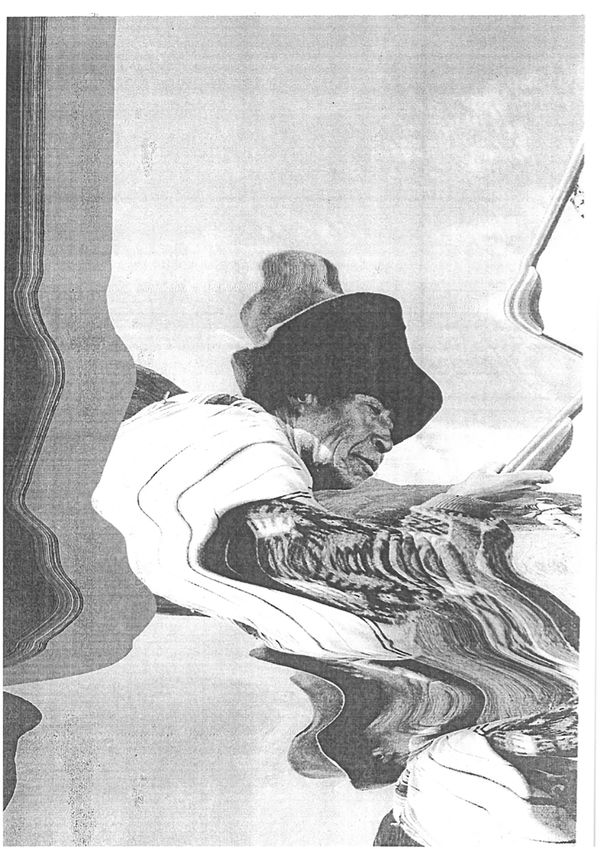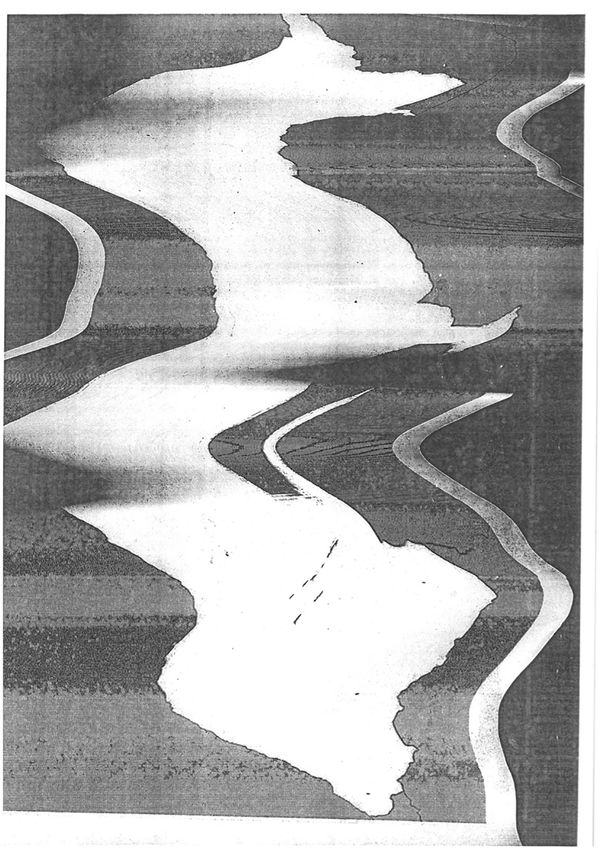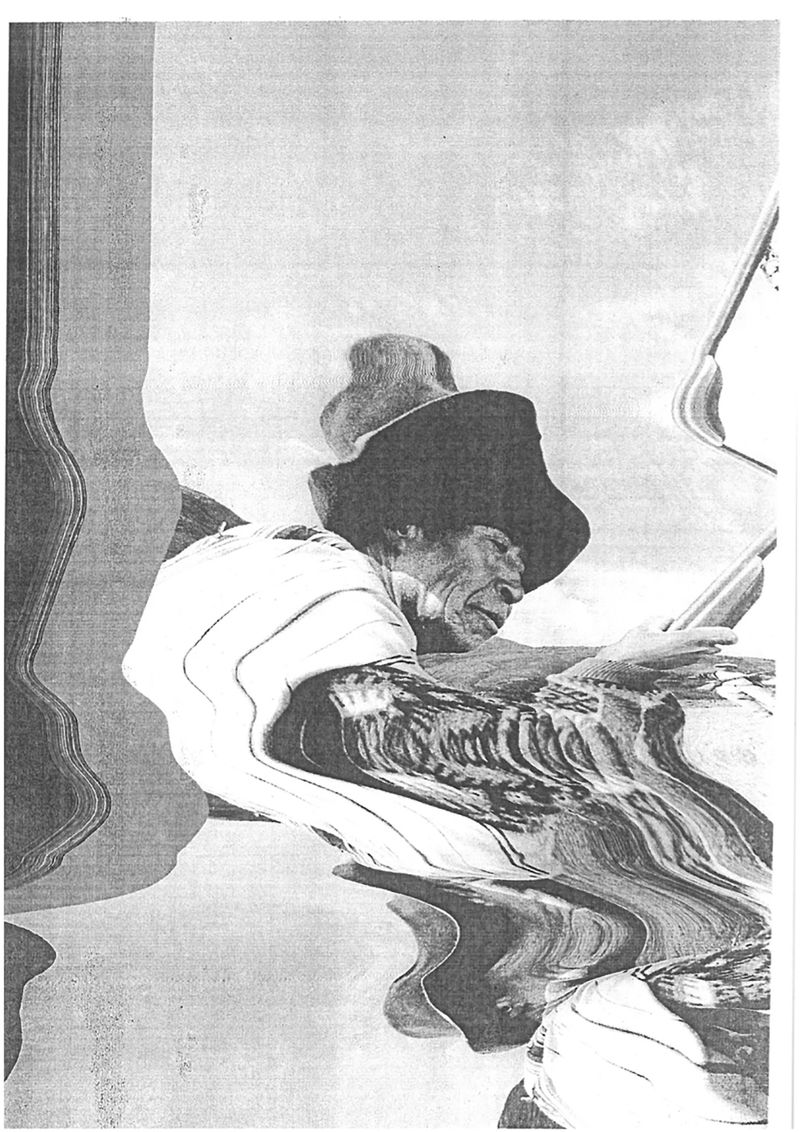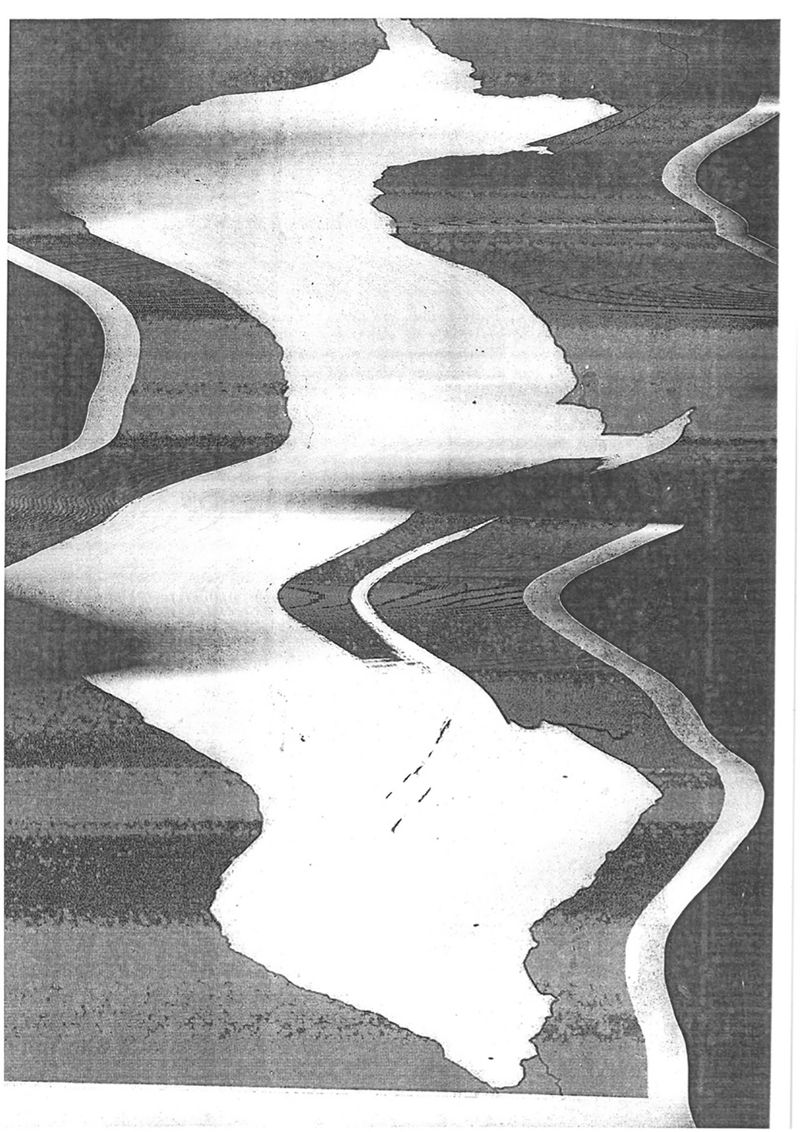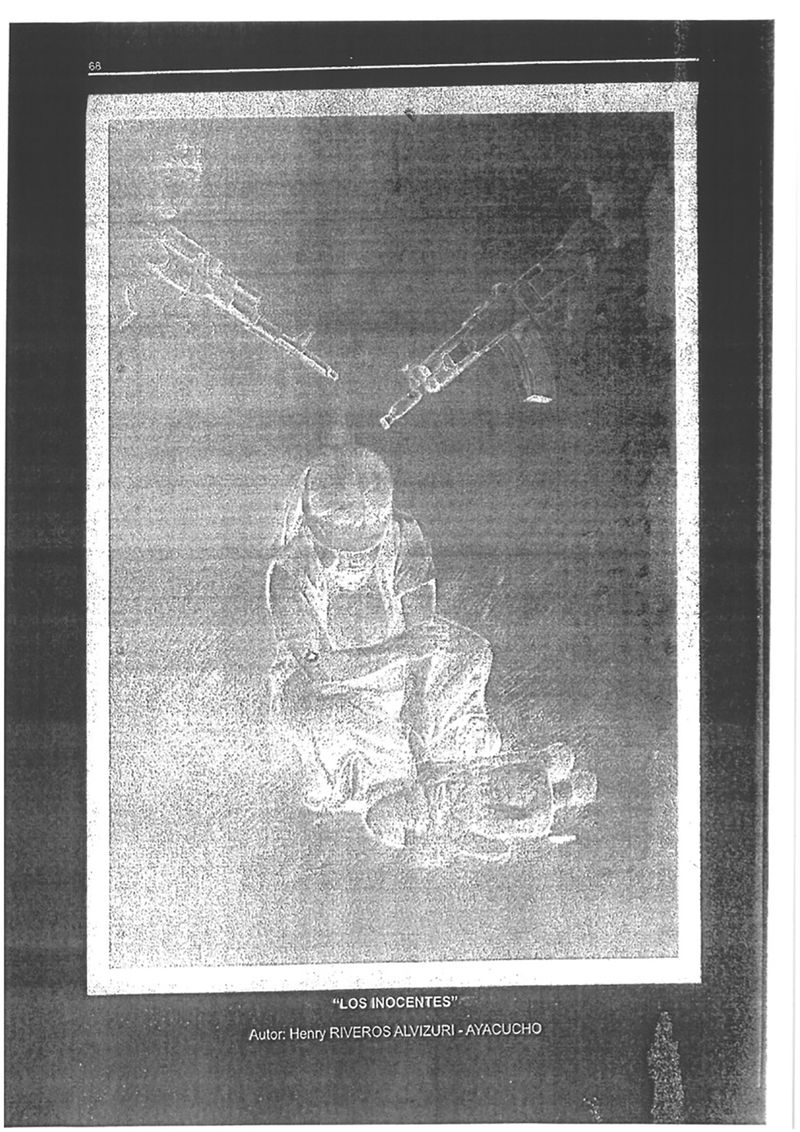A Memorial to Remind Us That We Continuously Forget
-
Published24 Aug 2017
-
Author
Memorial is an experimental publication by Julián Barón published by KWY Ediciones that deals with the ideas of national history and collective memory.
Memorial is an experimental publication by Julián Barón published by KWY Ediciones that deals with the ideas of national history and collective memory.
Against the classical philosophical tradition, in his Untimely Meditations, Friedrich Nietzsche poses, in opposition to Plato’s theory of reminiscence, that the ability to forget is an essential condition to achieve happiness. To forget is to release the past, to be able to act. A nostalgic consciousness is paralysing according to Nietzsche. He also says that the unhistorical and the historical are necessary in equal measure for the health of an individual, a society, and a culture.
What to remember and how to remember is, in many countries, a very topical and urgent question that keeps both historians and politicians occupied. It does not only concern schoolbooks and history teaching, but also the use of public space to represent history whether in the form of monuments, museums or otherwise. Oftendecisions of this kind lead to fierce political debates and they are certainly not limited to esthetical values.
Countries frequently attempt to define the parameters of their respective collective identities with cultural signifiers like monuments and memorials: objects that serve as memories of a person or event. Popular forms of memorials include landmark objects or art objects such as sculptures, statues or fountains, and even entire parks. But the contestability arises when the politics of memory and the politics of representation are made more complex by crimes against humanity. Atrocities such as war, genocide, apartheid, and other forms of political violence complicate the process of public remembrance. These are critical components of a historical category of cultural trauma that exists as part of a country’s individual and collective narratives, which are the origin of myths and evolving accounts of how nations are made, remade, and sustained.
Based on this, politicians do not have to struggle against the past nor should they promote historical amnesia. They must try to frame the assessment of past events so as to make it acceptable for all concerned. But we all know that this is not the case and most of the times historical amnesia has been successfully pursued by governments around the world.
Therefore, the question is: could we build a memorial that reminds us that history is frequently erased, manipulated or distorted? Or a memorial that reminds us that we continuously forget?
This is the starting point for Memorial, Julián Barón’s new book published by KWY Ediciones, an independent editorial project based in Lima (Peru). Barón’s first book entitled C.E.N.S.U.R.A was internationally acclaimed, and since then, he has used the book form as the main vehicle for the dissemination of his work. Other publications such as Tauromaquia, or Los Últimos Días Vistos Del Rey (The Last Days Watched of the King) help us to understand his ongoing investigation about what he calls "Visual Regime", or the propagandistic visual mechanisms used by the Spanish Government after the dictatorship. He has developed an experimental approach to the construction of a visual language that questions the nature of images as documents, inviting the viewer to challenge the archetypical assumptions about the role of images within a society. Barón is also involved in various educational projects and is very interested in bringing the discussion of visual culture into schools.
is the result of a collaboration between Barón and Yuyachkani, Peru's most important theatre collective, active since 1971 at the forefront of theatrical experimentation, political performance, and collective creation. In this book, Barón reuses the archive material that Yuyachkani disposes for the public at the entrance of Sin título, técnica mixta [Untitled, mixed media], a theatrical production that questions the construction of Peruvian historical memory. As part of the piece, the audience is invited to delve into the archive, composed of newspaper cut outs, photographs, school books and other documents that examine the Pacific War (1873 - 1889) and the Armed Internal Conflict (1980 - 2000): two wars that define Peru’s republican era and reveal the history of the country’s fractures. Each of these documents is individually manipulated using different photocopy techniques such us decomposition, creasing, grain degradation, and double exposure, after which they are assembled together in the author’s sequence.
Mijail Mitrovic’s text perfectly explains the main ideas behind the book:
"This series inquires about the relation between the images of war and the concrete forms taken by two very different kinds of social abstractions: national symbols and money."
"The former quickly lose their shape, disfiguring the limits of the mental space in which Peru has been represented throughout its history; the latter makes its entrance about halfway through the series - when Túpac Amaru clashes against the dollar - soon to saturate the entire space of the paper."
Memorial’s collaborative spirit is not new in Barón’s practice. He has previously used other methods like collective editing as a creative approach for the production of Tauromaquia. In Memorial, Barón plays the role of a mediator between the actors, the audience and the theatrical performance questioning the functionality of images as part of Peru’s national memory construction.
This collective construction doesn’t just end with the production of these distorted images, KWY Ediciones and Barón decided not to print the book but make it available online so every reader would also have the possibility of manipulating and printing the images as well as altering the editing and sequence. The book can only be completed with the covers individually screen-printed by Alex Angeles (Taller NN), each of them with a unique design which are distributed by KWY Ediciones (South & North America) but also in Europe by DALPINE.
--------------
Memorial by Julián Barón
KWY Ediciones. Lima, 2017 // Archive: Grupo Yuyachkani // Photocopies: Julián Barón
Silk-screens: Alex Ángeles // Text: Mijail Mitrovic
Two cardboard covers + silk-screen on both sides + industrial elastic rubber // 29 cm x 21 cm
First edition of 300 copies
--------------
Julián Barón is a Spanish photographer and member of Blank Paper Collective.
Alejandro Acin is director of IC-Visual Lab, an organisation based in Bristol (UK) that aims to promote and produce contemporary photography through a series of events, workshops and commissioned projects. He was creative director of Photobook Bristol from 2013 to 2016, an international festival for photobooks. He also works as designer and editor at ICVL Studio.
